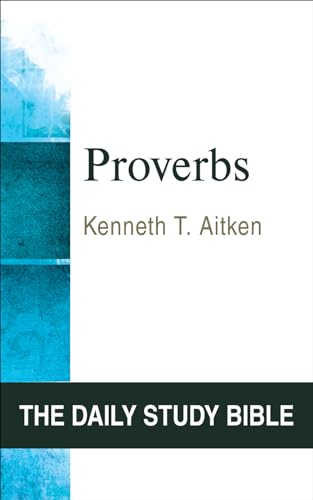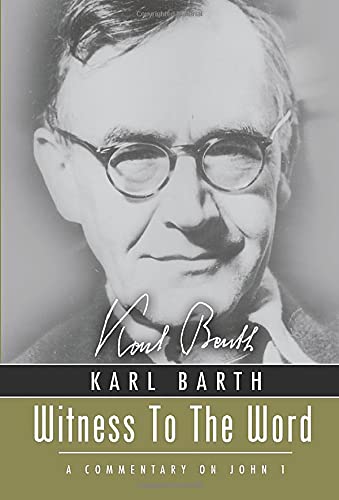Volume 13 - Issue 2
New Testament Pseudonymity? A review
By Donald G GuthrieThis book is not a discussion of the possibility or probability of pseudonymity in the biblical texts. It takes canonical pseudonymity for granted and is an attempt to explain the practice from a theological point of view. It is therefore a study from a very definite standpoint. Moreover, Meade defines pseudonymity in so broad a manner as to exclude any suggestion of a mere literary device. Indeed he regards a literary approach as superficial, and considers the question of whether literary parallels can be found to be of minor importance. By this means Meade leaves the way clear for the thesis that literary attribution is primarily an assertion of authoritative tradition, and not of literary origins (cf. p. 157).
This study appeals to three groups of OT and Jewish writings in which the author finds what he calls an interpretation or development (Vergegenwärtigung) of tradition which nevertheless is attributed to the same source as the originator of the tradition which has been used. The first group consists of the prophetic writings, from which he selects as an example the Isaianic literature. The second group comprises the Wisdom literature. The third group is Apocalyptic Tradition, from which he selects the books of Daniel and Enoch. He concludes from his studies that the collection of Jewish writings assumes a continuity between revelation and tradition in a way which supports the idea of pseudonymity.
Whatever the value of his suggestions with regard to the OT, the crucial question is what relevance they have in explaining the alleged (or for Meade, assumed) ü pseudepigraphs. Meade assumes that his deductions from Jewish literature will automatically apply to the growth of Christian literature. But is this valid, in view of the differences in literary genre? Further, Meade’s methodology may be questioned, for having accepted canonical pseudepigraphs he is clearly searching for some better explanation for the practice than has so far been given. He is to be congratulated for recognizing the need to do this. But this study, in spite of its detail and technical expertise, does not escape the danger of special pleading.
It is not until the end of his study that Meade turns his attention to the question of literary parallels. He is forced to admit that pseudonymity ‘in the biblical mode’ (his own qualification) soon dropped out of practice. We may perhaps be permitted to ask whether in the end this does not beg the question. If pseudonymity was such an acceptable theological procedure because it recognized, for instance, that Paul in the Pastorals and Ephesians, and Peter in 2 Peter, had themselves become part of the tradition, it is strange indeed that the device was not more widely used. The fact is that NT criticism is faced with a dilemma, which is not likely to be lessened by Meade’s study. Before NT epistolary pseudonymity can be assumed, it is not unreasonable to expect that some adequate parallels should be furnished and that some probable link between these and any possible NT pseudepigraphs should be established. It simply will not do to dismiss such a demand as superficial, as Meade in fact does. The weakness of his approach can be demonstrated by selecting the example of the Pastoral Epistles.
Even before setting out his thesis on the Pastorals, Meade speaks of ‘the explicit epistolary pseudonymity of the Pastorals’ (p. 122). It is clear therefore that he begins his study with the strongest possible prejudice against the authenticity of the Pastorals, which colours his presentation of the evidence. He then goes on to maintain that the Pastorals take up many elements from Paul’s writings and ‘actualize this material for their own generation’ (p. 139). But there is too fine a distinction here between Pauline thought and developed tradition. The latter must necessarily be sufficiently Pauline to be regarded as an extension of Paul’s teaching, but not sufficiently close to be written by Paul himself. If the unknown writer could get as close as this to adapting Paul’s teaching to a new situation, it is difficult to see on what logical grounds Paul himself is excluded from such extended application. The age-old dilemma is not resolved by appealing to the process of Vergegenwärtigung (interpretation), for such a process could be demonstrated within the undisputed Pauline epistles. Paul was throughout adapting his teaching to the needs of his readers.
We need to examine carefully Meade’s main contention that pseudonymity (in the biblical mode) is not an assertion of literary origins, but of authoritative Pauline tradition. He is requiring us to believe that the Christian church was quite happy about someone writing a letter purporting to be by Paul because what he was doing was setting out an extension of Paul’s teaching. But this assumes that in NT times the church was less concerned about literary forms than was the case at a later date. Meade tries to convince us that church leaders like Tertullian and Serapion, who both condemned pseudonymity, did so only when it was used in the interests of heresy. But such a distinction cannot reasonably be maintained. In fact Tertullian points out that the author of the Acts of Paul, who cannot be described as a heretic, was nevertheless condemned, even though he claimed to have written out of love for Paul. Similarly Serapion, in commenting on the pseudepigraphic Gospel of Peter, expressly declared that he rejected works falsely attributed to apostles.
The real Achilles heel of Meade’s case is when he is obliged to admit that there was an element of deception in the process. He dismisses, of course, any charge of forgery, but frankly admits deception. His explanation is not new, for he resorts to the well-worn expedient of claiming that what we now call deception would have been regarded differently in NT times. He states categorically, ‘The more blatantly “deceptive” form of canonical epistolary pseudonymity is just the result of historical accident, the conjunction of a fundamentally Jewish understanding of authorship and revelation with a fundamentally Greek form of literature’ (p. 199). The fact is, the epistolary form of pseudepigraphy can find no support in any kind of literature remotely parallel to the NT writings, and to resort to the theory of ‘historical accident’ will not convince those genuinely concerned about the problem of pseudonymity and the canon.
Since Meade has explained his NT examples of pseudonymity as being due to Vergegenwärtigung, he tries to account for the falling-off of the process of the interpretation of tradition by claiming that the rise of heresy demanded a more fixed approach to tradition, hence the process of the closure of the canon. But is it not relevant to ask when the church began to realize that its flexible approach to pseudonymity was leaving a wide-open door for heretical groups to do their own Vergegenwärtigung? Meade’s book will no doubt be welcomed by those already convinced of NT pseudonymity who are looking for a new style of explanation for the phenomenon, but is hardly likely to commend itself to those who are seriously concerned about the element of deception which it involves. I suspect that to maintain that ‘authorship is not primarily a statement of literary origins’ would be rejected by literary critics in any other sphere than biblical studies.
Donald G Guthrie
Author of the Tyndale commentary on the Pastoral Epistles






